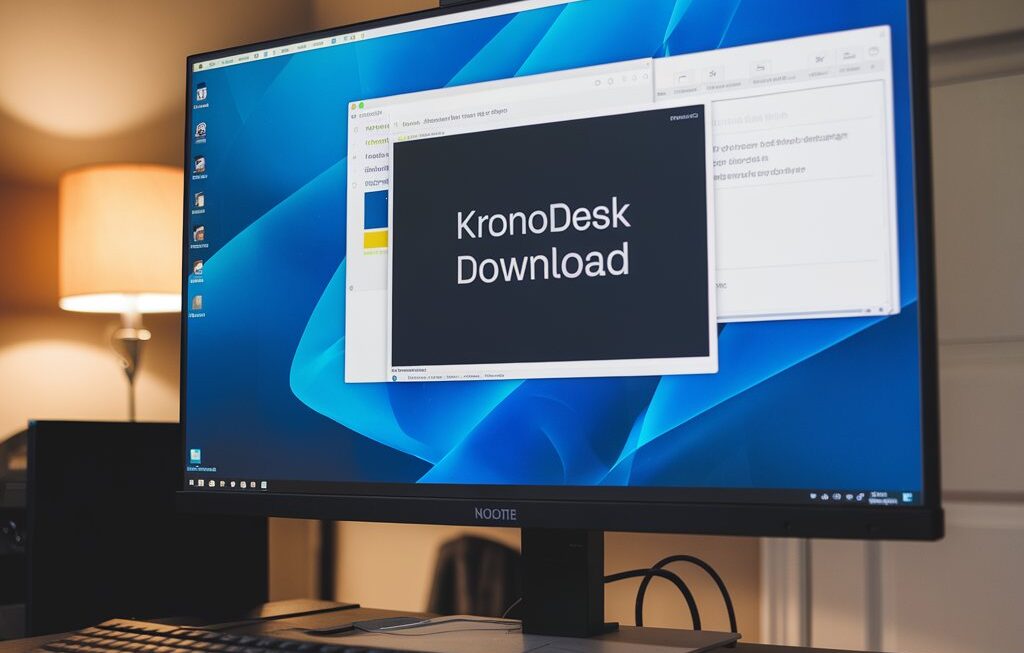In today’s interconnected digital landscape, data breaches have become a critical issue that impacts both individuals and organizations. One of the most recent incidents that have raised serious security concerns involves the platform thejavasea.me, which has experienced a leak of sensitive data connected to AIO-TLP (All-In-One Threat-Level Protocol). This article provides an in-depth look into what happened, how it affects users, and what can be done to protect personal data in the aftermath of the breach.
What Is AIO-TLP and Why Is It Important?
AIO-TLP, or All-In-One Threat-Level Protocol, plays a crucial role in cybersecurity by ensuring that sensitive information is securely shared across digital platforms. AIO-TLP is designed to streamline the communication and sharing of threat intelligence between organizations, allowing them to respond to potential vulnerabilities more effectively. It categorizes threat levels to ensure that appropriate actions are taken, minimizing the risk of data breaches or cyber-attacks.
The importance of AIO-TLP lies in its ability to protect sensitive information such as personal data, financial details, and even classified government intelligence. By using this protocol, platforms like thejavasea.me aim to secure data transmission and make it harder for cybercriminals to access private information. In the wrong hands, this leaked information could be used for malicious purposes, making the breach of AIO-TLP on thejavasea.me a significant concern for both users and the broader digital ecosystem.
What Happened in the Thejavasea.me AIO-TLP Leak?
The breach at thejavasea.me began with a leak of sensitive data protected by the AIO-TLP protocol. While the exact timeline remains under investigation, it is believed that unauthorized access to the platform exposed a range of personal and corporate information. This data breach potentially includes usernames, passwords, and other critical information stored under the AIO-TLP protocol.
What makes this breach particularly troubling is the nature of AIO-TLP itself. The protocol is used to manage and share classified threat intelligence, meaning that highly sensitive information could have been exposed. It was first detected by cybersecurity experts monitoring unusual traffic patterns on the platform, who quickly identified that data had been accessed illegally. Reports suggest that the scope of the leak is extensive, potentially impacting thousands of users and organizations that rely on thejavasea.me for secure data sharing.
The platform’s response was swift, with thejavasea.me issuing a public statement acknowledging the breach and working to patch vulnerabilities. However, for many users, the damage had already been done, leaving them exposed to potential threats like identity theft, fraud, or unauthorized financial transactions.
Implications of the Leak for Users
For users of thejavasea.me, the AIO-TLP leak has far-reaching consequences. One of the immediate concerns is privacy, as personal data may now be in the hands of cybercriminals. This could lead to unauthorized access to online accounts, misuse of sensitive information, and even identity theft. The exposed data could be sold on the dark web, used in phishing attacks, or leveraged for more sophisticated fraud attempts.
The leak also poses risks for businesses and organizations that use thejavasea.me to exchange sensitive data. In addition to the potential loss of intellectual property, companies may face legal repercussions if their customers’ data has been compromised. Data breaches can erode consumer trust, damage a brand’s reputation, and lead to costly regulatory penalties. For larger organizations, the financial losses could be devastating, especially if proprietary information or trade secrets were part of the breach.
Moreover, this incident highlights a broader issue of trust in digital platforms. If a highly secure protocol like AIO-TLP can be compromised, users may begin to question the safety of their data across other platforms, prompting a reconsideration of how personal and corporate information is managed online.
How to Protect Yourself After the Leak
If you were a user of thejavasea.me or suspect that your information may have been compromised in the leak, it’s important to act quickly. Immediate steps include changing all passwords associated with your account, particularly if you used the same password across multiple platforms. Implementing two-factor authentication (2FA) on all sensitive accounts is also highly recommended, as it adds an extra layer of security.
In addition to changing your passwords, you should also closely monitor your bank accounts and credit reports for any unusual activity. Fraudulent charges or new accounts opened in your name can be signs that your information has been compromised. Setting up fraud alerts or credit monitoring services can help you stay ahead of potential threats.
To protect yourself from future breaches, consider using a Virtual Private Network (VPN) when accessing sensitive accounts or data. A VPN can hide your IP address and encrypt your internet connection, making it harder for cybercriminals to track your activity. Encryption tools are another way to secure your communications, ensuring that even if your data is intercepted, it remains unreadable to unauthorized parties.
What Measures Are Being Taken to Address the Breach?
Since the AIO-TLP leak at thejavasea.me was discovered, the platform has taken several measures to address the situation. Security patches were quickly deployed to close the vulnerabilities that led to the breach, and affected users were notified of the incident. The platform has also promised to improve its security protocols moving forward, including enhancing its encryption methods and implementing stricter access controls.
On a broader scale, regulatory bodies are likely to investigate the breach, especially if it is determined that companies using thejavasea.me were negligent in protecting their customers’ data. Legal consequences could follow, including hefty fines and new regulations that further tighten the requirements for platforms handling sensitive data. The incident also serves as a wake-up call to other platforms that rely on AIO-TLP or similar protocols to reassess their security measures.
Cybersecurity experts are advising organizations to adopt best practices in data protection, including regular security audits, employing advanced threat detection systems, and ensuring that all sensitive data is encrypted at every stage of transmission. By staying proactive, businesses and users can better protect themselves from future breaches.
Conclusion
The thejavasea.me AIO-TLP leak serves as a stark reminder of the vulnerabilities present in even the most secure systems. As our digital world continues to evolve, it is essential for users and organizations to stay vigilant about cybersecurity. Protecting sensitive data is no longer a passive task but requires active measures to ensure personal and financial information is kept safe. In the wake of this breach, taking steps to secure your online presence and staying informed about potential risks is the best defense against future threats.



